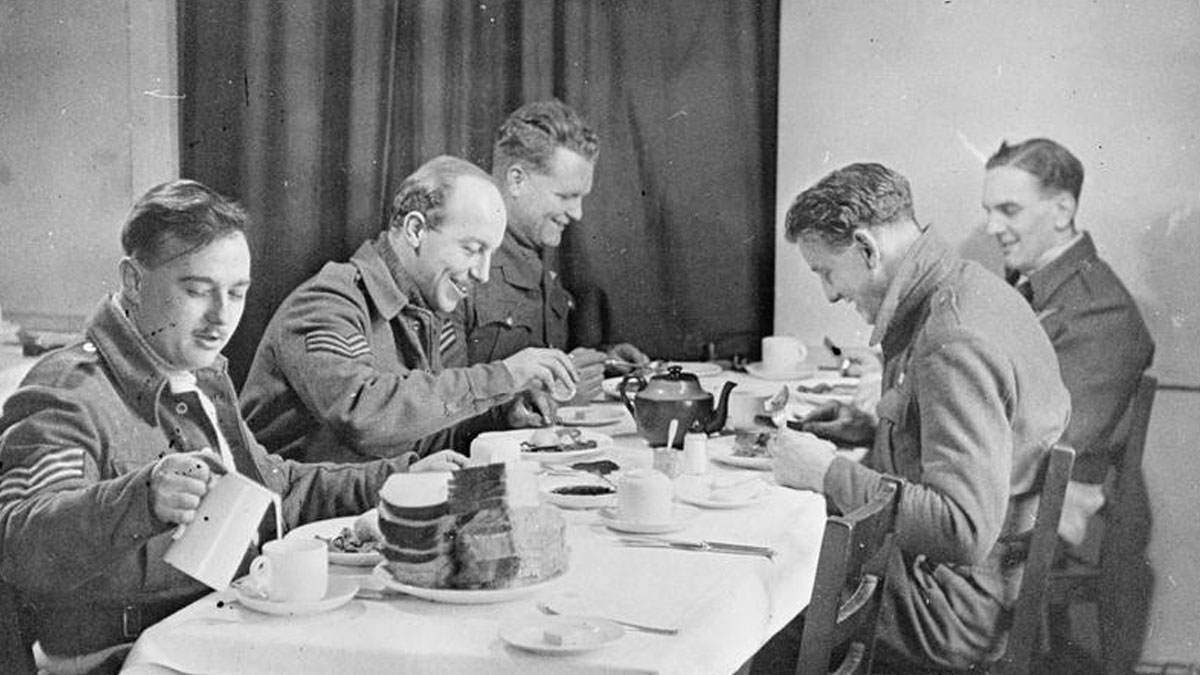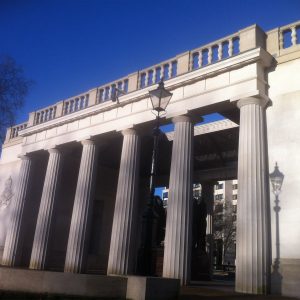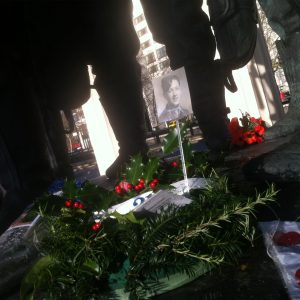Royal Air Force Bomber Command had strong connections to Northern Ireland. These elite squadrons courted controversy in the past before becoming Churchill's 'the few'.
The first Bomber Command squadrons formed in 1918 at Hainault, Essex. This was after the end of The Great War and they disbanded in June 1919 without operational service.
RAF 153 Squadron - Ballyhalbert, Co. Down
Records suggest RAF 153 Squadron reformed at RAF Ballyhalbert, Co. Antrim on 14th October 1941. Composed of the elite of ‘A’ Flight of 256 Squadron, they were night fighters. Operating from Ballyhalbert and Squire’s Gate, they served at home and across the Mediterranean.
The date of formation was 24th October 1941 though they had flown night patrols since arriving in NI. To begin with, RAF 153 Squadron operated in two-seater Boulton Paul Defiant interceptors. From 10th December 1941, they upgraded to the Bristol Blenheim night-fighter for training purposes. The Defiant remained operational until the RAF brought in the superior Bristol Beaufighter in May 1942.
RAF 153 Squadron remained in Northern Ireland until December 1942. By then war was raging in North Africa. Most of the Beaufighters relocated to bases in Algeria via Gibraltar providing Allied cover.
Almost two years later, on 7th October 1944, the more famous incarnation of Bomber Command 153 Squadron formed. They flew their first mission the same day on a daring raid on Emmerich. Flying Lancaster heavy bombers, they operated until 25th April 1945. This was only two weeks before VE Day and marked a huge 1,041 missions.
The crest of 153 Squadron still includes the white, six-pointed star borrowed from the Northern Ireland coat of arms. The badge also features the bat, a nocturnal predator indigenous to North Africa to signify their time there.
RAF 88 and 226 Squadron - Sydenham, Belfast
The Royal Air Force and the Fleet Air Arm of the Royal Navy both trained at RAF Sydenham. The Royal Air Force occupied the site from 1939 to 1943. After that, the Navy took over but in 1940 and 1941 Sydenham was home to two squadrons of RAF Bomber Command.
RAF 88 Squadron returned from the Battle of France in their Fairey Battles on 23rd June 1940. In their Battles, Boston I and Blenheim IV planes, they occupied the seaward perimeter of the Sydenham site. They remained at RAF Sydenham until 8th July 1941.
226 Squadron were also based on the East Belfast airfield on the inland side of the base. Both squadrons carried out patrols, between the Giant’s Causeway and Carlingford Lough. They took part in training exercises at bombing ranges as well as patrolling the coasts.
The Bomber Command Memorial
The Bomber Command Memorial in London’s Green Park has several connections to Northern Ireland. The £5.5 million structure received funding from the public, the business world and entertainer Robin Gibb. Northern Irish contractors Gilbert Ash fashioned the Portland stone exterior. S McConnell and Sons from Kilkeel in Co. Down provided the stone. The monument to the men of Bomber Command now stands at the Picadilly end of Green Park.




